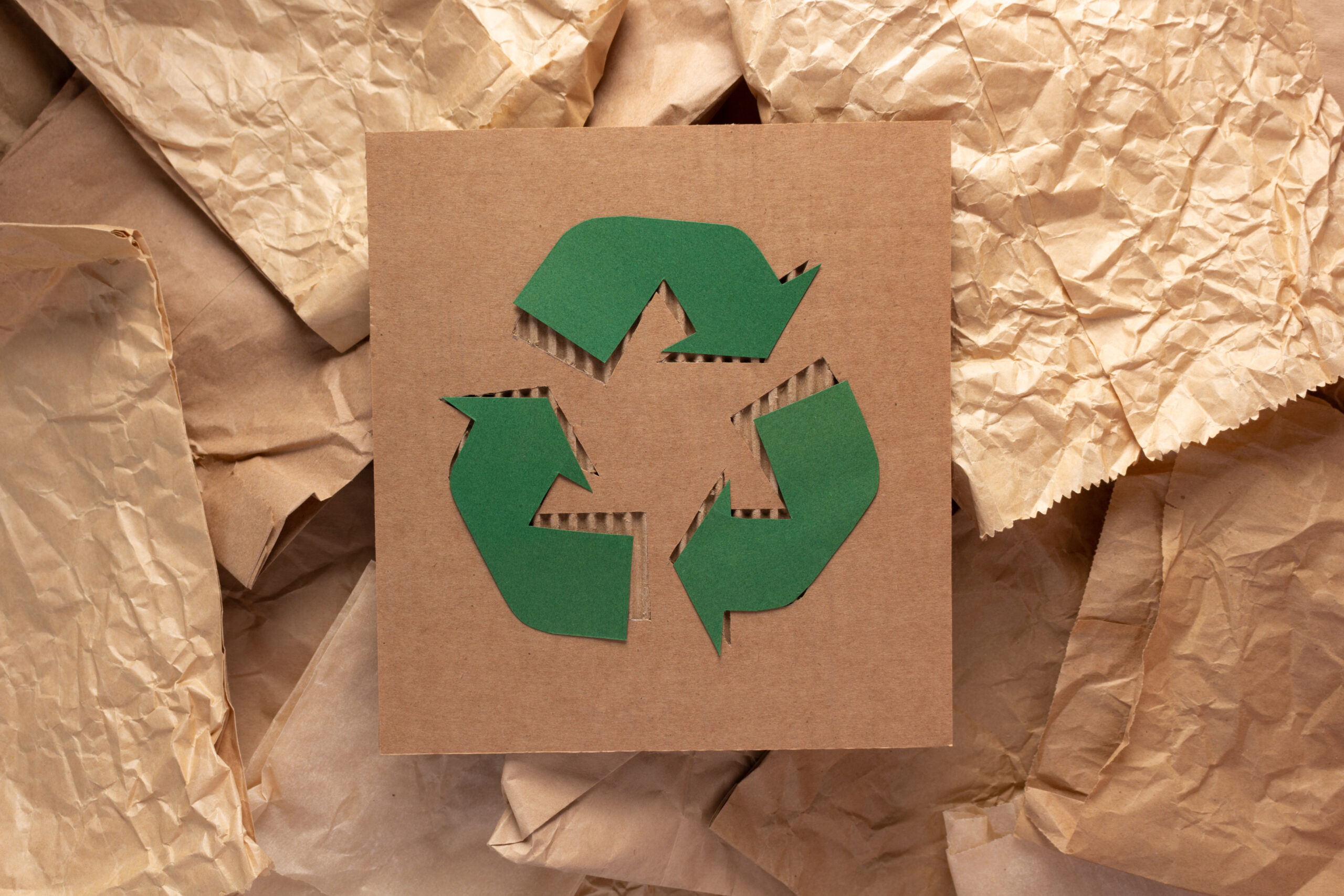The global population swells day by day, and so does the pressure on our planet’s resources. Recycling has become more prominent now than ever, as it helps to create a cleaner and greener environment, and it is one of the best ways we can do our part to reduce environmental impact. Fortunately, technological advancement has contributed to the development of waste-sorting robots, making recycling more effective.
AI-enabled robots detect what is recyclable and reduce the human burden. Thus, the whole recycling process can be carried out more efficiently and accurately. AI and IoT-enabled waste management process opens the doors to fully automated recycling.
Here’s how recycling robots and modern technologies are helping to manage waste and keep the environment clean.
The Power of Automated Waste Management
Most industrial processes are becoming automated today. In waste management, garbage sorting is a challenging task, as only certain types of plastic can only be recycled, and various methods are required.
Manually sorting plastic waste is often a challenging and time-consuming task, moreover dirty. With the help of robots and AI, it transforms the whole recycling process to be intelligently automated.
Computer vision-driven, AI tools help to identify the specific type of material class to which they belong. It helps to even differentiate between shapes, colors, packaging and non-packaging items, food and non-food grades. AI-based smart recycling tools detect recyclable waste with accuracy equal to a manual picker.
The Use of Recycling Robots for Waste Management
Waste Separation
Waste separation is a major process in the waste management process. If the trashes are not separated, it will end up in mass landfills. Thus, when the waste begins to decompose, it will contaminate the land and affect the health conditions of people and animals nearby. Manually separating the waste is a hectic one.
The introduction of industrial robots can make the waste separation process an effective one.
Integrating numerous sensors, computer-aided vision monitors the waste stream, and AI robots identify the waste materials and intelligently sort the waste.
Quick Sorting Off the Line
Robotic techniques include a camera to look at each product coming off the line and track the data to analyze where it will go. The robots can constantly update the details of the materials, which will help down the line.
Enhanced Knowledge
Optical sorters can detect specific types of waste materials. This will increase the knowledge of the kinds of waste materials they come across each day and how they differ from each other. The data may be helpful in the future and can be applied to other robotic sorting materials.
Quality Control
Robots sort the waste materials accurately and ensure that the better quality of plastics is picked out and sent to the correct bins for recycling. Thus, it will lead to more and better-quality plastics to get recycled.
AI And Robotics to Take the Future of Waste Management
Experts believe that the future of waste management lies in the hands of AI and robotics. The advancements in the field of AI and IoT have the power to automate the waste management process. Both technologies are important for automating recycling and trash recovery.
Advancements in the tech field are producing robots that are becoming more human-like and sophisticated every year. Municipalities and organizations can make use of these AI-powered processes to reduce the amount of landfills, to make more recycling, etc.
Effective waste management solutions help to build a pollution-free, healthier, and cleaner world.
 EN
+1 669-231-8743
EN
+1 669-231-8743
